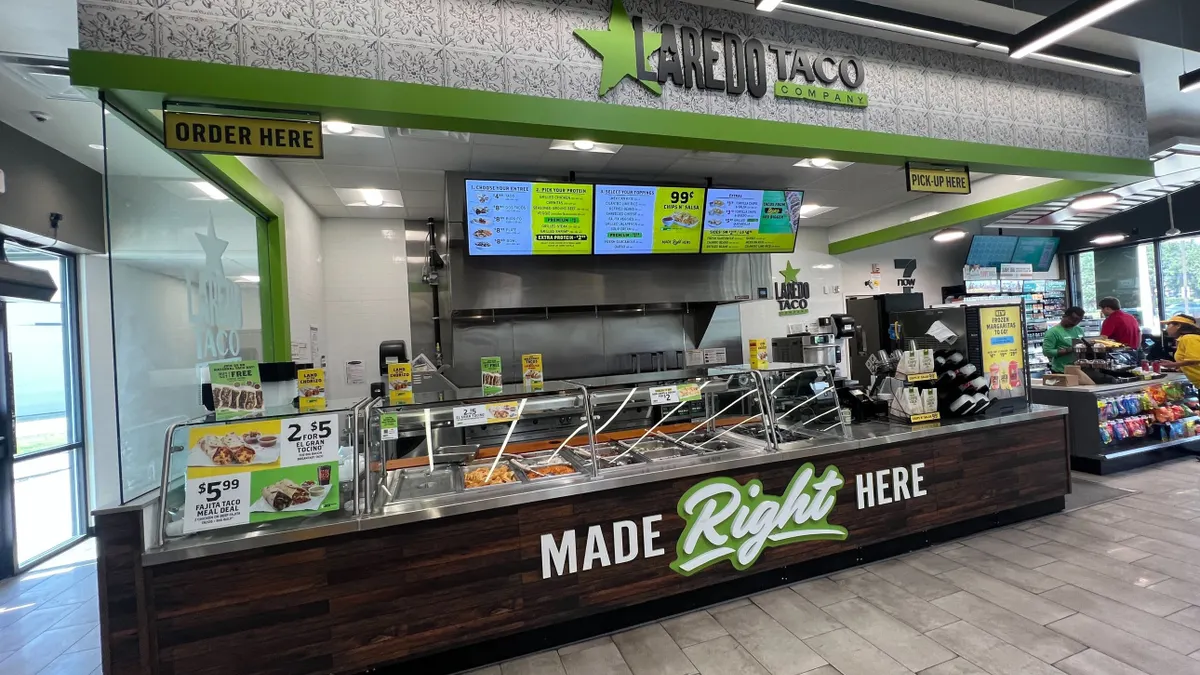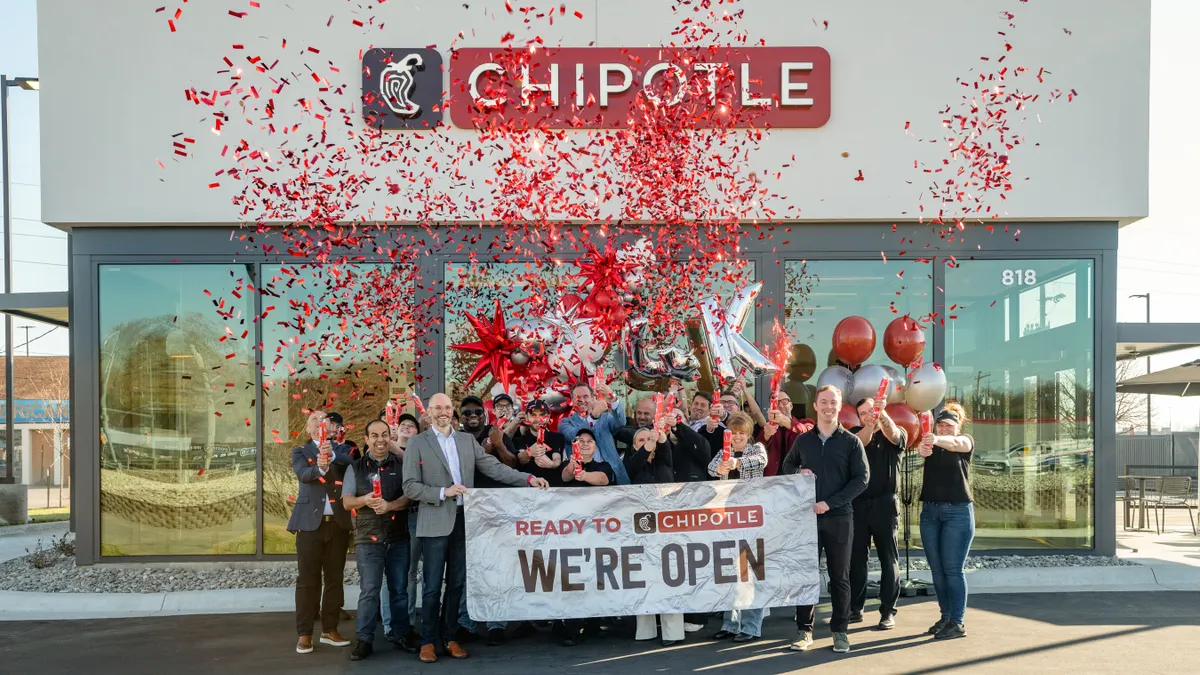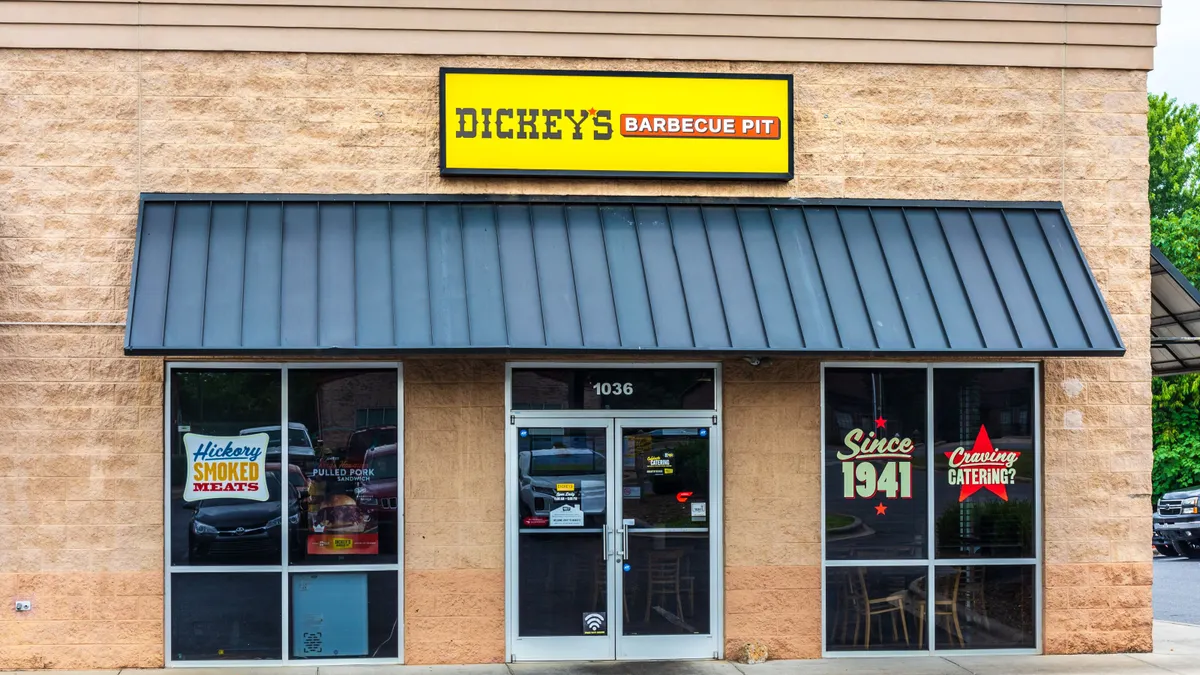Anil Kaul is the co-founder and CEO of Absolutdata. He has over 22 years of experience in advanced analytics, market research, and management consulting. Prior to founding Absolutdata, Anil worked at McKinsey & Co. and Personify. He also is on the board of Edutopia, an innovative start-up in the language learning space.
The restaurant industry is huge, complex and evolving rapidly. In the U.S. alone, restaurants generate nearly $800 billion in sales and employ more than 14 million people — almost one in 10 workers across the country. The restaurant business is a famously tough place to succeed, and that’s even more true today as consumer tastes and restaurant formats evolve rapidly.
Customers discover food in new ways now, finding out about authentic dining experiences through a friend or influencer's Instagram account, for example. Menus cycle faster than ever as food trends come and go. The lines between dining in and dining out are blurring. To succeed in this environment, businesses need to understand how customers make decisions, foresee changes in the competitive landscape and stay on top of emerging trends.
For all of these reasons, as a restaurant operator, the sooner artificial intelligence (AI) is employed, the better. AI represents a truly transformative opportunity for restaurants because it can provide actionable recommendations, not just insights. AI can identify trends faster and better than humans. And despite its reputation for complexity, AI is easy to use.
Beyond robotics and insights
One assumption many restaurant operators who aren't familiar with AI make is that AI means robotics — a mechanical arm flipping burgers or a robot shuttling food to tables. That kind of technology might work well in some restaurant settings, but the real value of AI and machine learning is its ability to help restaurant operators make better decisions about customer service.
That's an incredibly valuable capability in an industry as ripe for disruption as the restaurant business. Think of all the changes in the competitive landscape — meal kits, off-premises dining, ghost restaurants, pop-ups and food trucks, just to name a few. Consumer preferences and tastes change quickly, and AI can help anticipate shifts as the industry evolves.
Restaurant operator demographics don't always match customer demographics, so it can be easy to miss emerging taste trends. When operators don't see shifts in preferences coming, it can lead to lost opportunities — and fewer customers. AI is data-driven, so it can take in information from a variety of sources, analyze it and return recommendations that can boost profits.
Shaping trends instead of reacting to them
One huge advantage AI offers is the opportunity to get in on the ground floor of market trends. With the right AI solution, restaurant operators can add easily available data — such as shipment, survey, outlet demographics, location and weather information — and discover new areas for growth, shaping trends instead of reacting to them.
For example, one operator used an AI solution to optimize the beverage mix offered in its Chicago and Miami locations. With AI and data from a variety of sources — much of it free, such as weather information — the restaurant operator achieved a 3% revenue increase almost immediately.
But one of the chief advantages of using an AI solution is that the investment keeps paying off as it scales across the organization, delivering value not just in the marketing, account and sales side of the business but to product development, inventory, finance, etc. AI is like an interest-bearing account; the sooner it is put into action, the faster the value grows.
Easing into AI
Restaurant operators are acutely aware of the challenges they face. They know the industry is evolving faster than ever before. They know disruption is accelerating and that businesses of all types are going digital. But many are reluctant to embrace AI and machine learning tools because they’re intimidated by the technology.
Media reports about the shortage of data scientists (demand will outstrip supply by about 50% this year, according to some estimates) and its effect on digital transformation and AI projects might lead some restaurant operators to assume it takes a PhD to operate an AI solution. However, while advanced data expertise is required to build a solution, operating it is easy.
It doesn't take a mechanic to drive a car, and it doesn't take a data analyst to use an AI solution. With the right AI platform, generating recommendations that deliver value quickly is as easy as typing a question into a portal. The underlying algorithms are interwoven into the decision-making engine.
Toward a data-driven restaurant
Whether they choose eat-in, take-out or home delivery options, millions of customers will patronize restaurants in the coming year, and they'll make millions of decisions about where to spend their hard-earned money. And with each food purchase, those customers will generate data, whether from orders, reviews or payment sources.
Most restaurants are already sitting on an enormous amount of information that is going unused. An AI solution can turn that information into more than just insights — it can generate specific recommendations that can help drive new business, increase repeat visits and improve customer satisfaction.


















